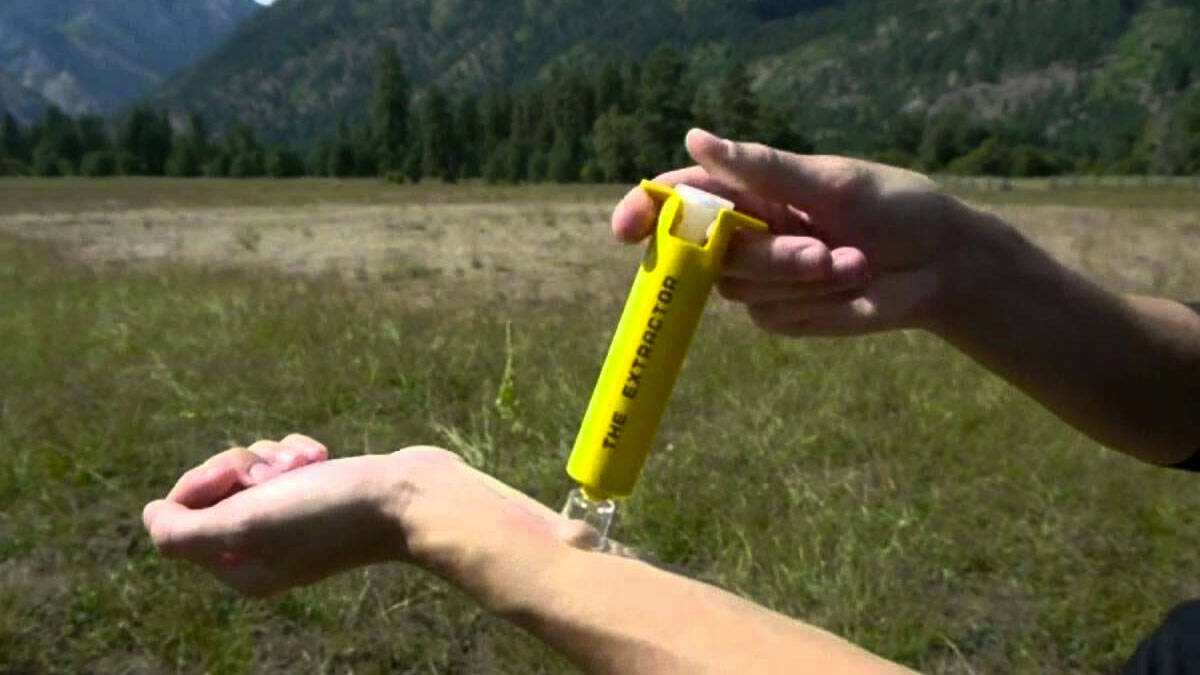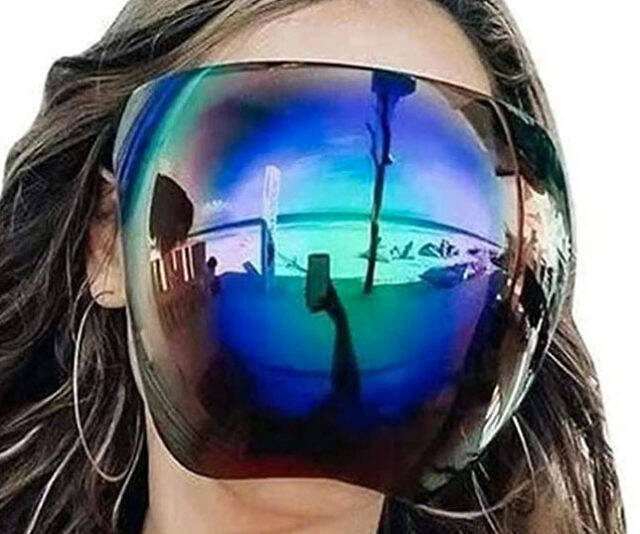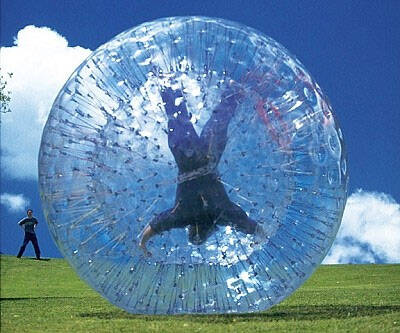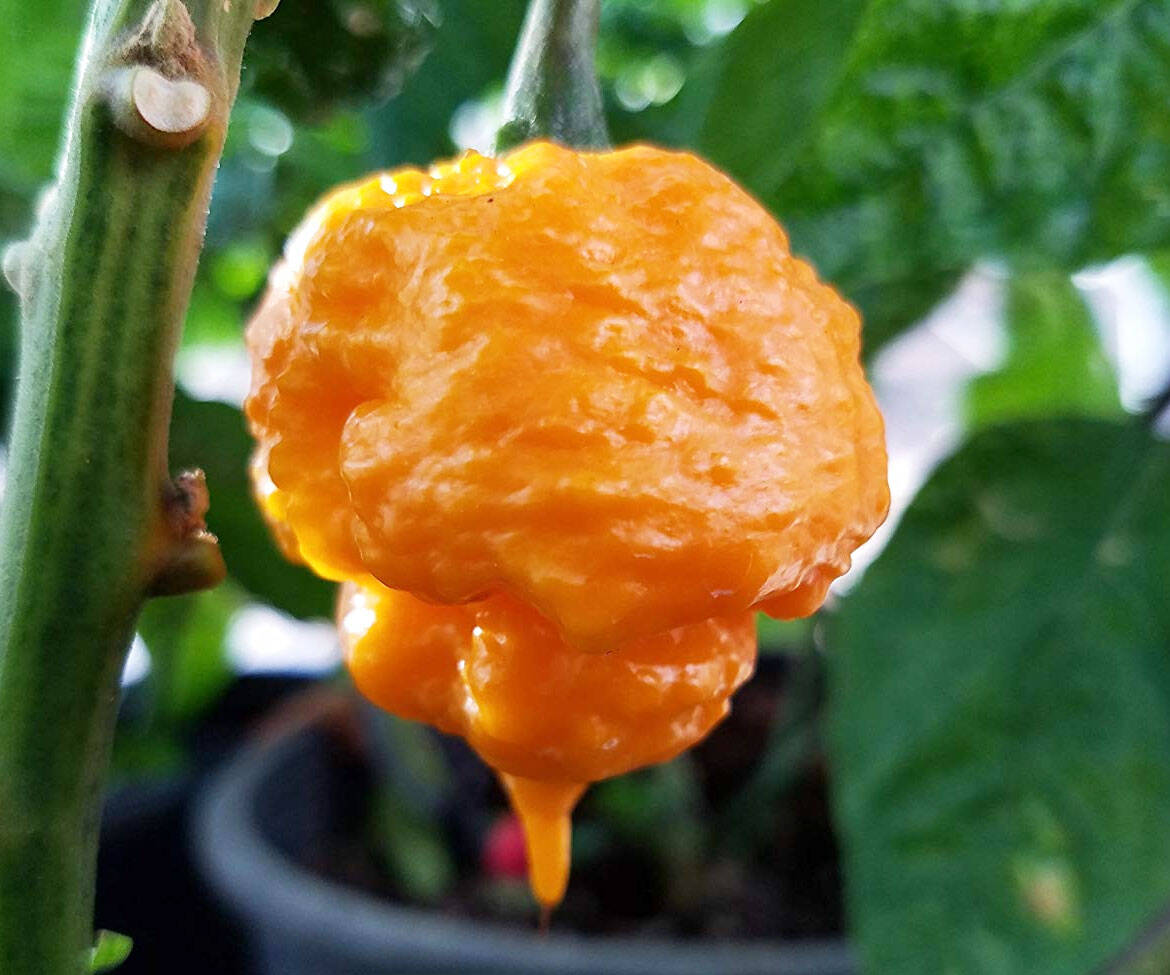The Extractor Bite & Sting Kit | |||||||||||
| |||||||||||
Product Description
The Sawyer B4 Extractor Pump Kit extracts venom and poisons from the bites and stings of snakes, bees, wasps, mosquitoes, and more. The extractor's double chamber vacuum pump action is designed to provide powerful suction for the extraction of venoms and poisons without the need for scalpel blades or knives used in other kits. Because it's a pump, not a syringe, it's easy to use with one hand. When using, select one of the 4 plastic cups that will best cover the bitten area and attach it to the pump, then using your thumb simply push the plunger and the extractor pump will quickly and effectively remove venoms and poisons from beneath your skin. You can safely reuse the pump many times over by cleaning the cups after each use. The Sawyer B4 Extractor is most effective at retrieving venom outside of the muscle areas of the body. Retrieving venom quickly can significantly improve treatment results by medical practitioners. Note that in muscle areas such as the calf muscle, venom quickly enters the circulatory system and an extractor pump is less effective. Since 1984, Sawyer Products has offered the best, most technologically advanced solutions for protection against sun, bugs, water, and injuries — everything from first aid kits developed for wilderness to point-of-use water filters that filter contaminated water to levels cleaner than U. S. bottled water.Features
- Small, reusable vacuum pump helps remove poisons below your skin in one quick motion; use for snake bites, bee/wasp stings, mosquito bites, and more
- Four sizes of plastic cups for use and effective suction on a variety of sting or bite sizes; pump is easy to use with one hand
- Eliminates the need to use dangerous scalpel blades or knives associated with less effective bite kits
- Kit includes Extractor pump, alcohol prep pads, adhesive bandages, sting care wipes, razor (for hair removal), and instruction manual
- Extractor most effectively retrieves venom from extremities and areas of body outside muscle areas; effectiveness varies with the location of the bite
- sport_type: Camping & Hiking
Top Reviews
THESE ARE DANGEROUS FOR SNAKEBITES! Only effective for removing botfly larvae...Reviewed by a snakebby Jordan Benjamin (1 out of 5 stars)
May 17, 2014
Hello,
My name is Jordan Benjamin, I am a herpetologist specializing in venomous snakes and a wilderness medicine practitioner with experience treating many snakebite patients in West and East Africa, most of them in remote health centers that pose some of the same challenges as treatment of a snakebite in the wilderness or backcountry environment in the US (supplies are limited or non-existent, the patient has a long way to go to reach a hospital, etc). I have also been fortunate to have the opportunity to train a number of individuals and groups in snakebite medicine and field management of snake envenomations in remote conditions including medical officers and corpsmen with the US military, local & international doctors and nurses in African hospitals, wildlife rangers, etc. I am including my background and real name because this issue is important to me and I stand by everything I am about to write; I want to give you all the peace of mind that I am who I say I am and not some competing company throwing out baseless accusations behind the cloak of online anonymity. Feel free to look me up online, I gave a TEDx talk on the issue of snakebite in sub-Saharan Africa last year and I invite those who doubt my identity or simply want to learn more about the issue of snakebite in the developing world to check it out. Moving on to the review...
The short answer to the question of whether or not the Sawyer Extractor can effectively remove venom from the site of the bite is a resounding no: the Sawyer Extractor and all of the other "snakebite kit" variations employing suction, incisions, electricity, heat, cold, and so forth have been repeatedly shown to be utterly ineffective at the job they are designed and marketed to accomplish. They simply do not work! The caveat it that there is one clever application of the sawyer that has been proven to work great, which is for the removal of flesh-eating botfly larvae that can be acquired in various tropical regions of the world...see "Simple and effective field extraction of human botfly, Dermatobia hominis, using a venom extractor" [...]. I am afraid to say that at the moment that is the only medical situation where this device may possibly prove helpful. When it comes to snakebites, it is not only completely ineffective at removing venom from tissue following a snakebite, but may actually prove harmful and cause a serious local necrosis (think in terms of a cookie-cutter style wound forming a deep cylinder of rotting dead tissue under the site of application). This may be due to a concentration of residual cytotoxic and myotoxic venoms near the site of the bite, while the majority of the venom will continue to diffuse into systemic circulation - but since we really don't know exactly why this happens that is purely speculation. For any interested parties, the article demonstrating this is titled: "Effects of a negative pressure venom extraction device (Extractor) on local tissue injury after artificial rattlesnake envenomation in a porcine model." I am attaching a link to the article here: [...]
There are probably several reasons why this type of first aid does not work. One issue is that the recurved fangs of vipers penetrate and inject venom deeply into the tissues beneath the skin, and the tunnel created when a fang penetrates the skin immediately collapses as soon as the fang is withdrawn. Another issue is that large quantities of venom are believed to diffuse very rapidly into different tissue compartments. This means that there is no direct route between the visible puncture marks on the surface to the area where venom was injected, and the significant quantity of venom is already well on its way. I have read the company's testimonials and seen the occasional news stories about a snakebite victim "whose life was saved by the Sawyer Extractor" or similar device, and all too often that is a quote attributed to the physician who treated them. I don't doubt the veracity of the quote as deeply entrenched myths and misinformation about snakes and snakebite are unfortunately as common in doctors as they are in the rest of society at this time. The sawyer extractor is popular because it provides us with an intuitively sound solution to the terrifying prospect of suffering a snakebite far from medical care, suddenly rendered utterly helpless as the venom takes effect and all we (or our loved ones) can do is wait and watch as the venom takes over. It is nothing more than a modern variation of the infamous "black stone" from Asia and Africa, a charred piece of cow bone that is stuck to the site of the snakebite and remains there absorbing fluid until all the venom has been drawn out of the bite whereupon it suddenly detaches and falls to the ground, is boiled or washed in milk to cleanse it of the venom, and ready to go when the next snakebite happens. Both of them provide the perfect optical illusion by visibly extracting some quantity of blood and straw-colored fluid (which looks incredibly similar to many viper venoms) from the site of the bite, but this is nothing more than the pale-yellow plasma (whats left after you remove the red cells and clotting components from blood) and other exudate draining from the wound as edema sets in and the venom begins to show effect. If you feel like you have been duped, don't take it personally - the notion that a snakebite can be treated by somehow extracting the venom has successfully fooled us since at least the 1400's, when the black stone was first mentioned as the go-to remedy for treating snake envenomations. Several years ago, a close colleague of mine met a European surgeon who was in Central Africa on a medical mission and explained that he needn't worry about snakebite, because he always carried a black stone with him for such a situation...as you can see, even the most highly educated medical professionals are not immune to the myths that pervade the issue of snakebite. I grew up carrying a sawyer extractor with me whenever I went out to look for snakes and lizards, and no one would be happier to hear that the sawyer extractor did what it claims than those of us who work with snakes and face an incidence of snakebite many times higher than that of the larger population. But the reality is that these devices do not work for snakebites, and marketing them for that purpose is a dangerous action with potentially tragic consequences. Evidence-based medicine and all studies to date suggest that they are at best ineffective and at worst harmful. If you would like to see more evidence of this, check out:
"Snakebite Suction Devices Don't Remove Venom: They Just Suck" [...]
and
Suction for Venomous Snakebite: A Study of 'Mock Venom' Extraction in a Human Model" [...].
This product has no business being marketed for use on snakebite. Out of more than 40 snakebite patients I have treated in Africa, 95% of them had already been given bad first aid prior to seeking treatment at the hospital. Practices like cutting at or around the site of the bite, applying tourniquets to the bitten limb, and attempting to extract or neutralize venom using electricity, fire, permanganate, black stones, magic, mouths, mud, dung, leaves, ground up dried snakes, and yes - even fancy suction devices like the Sawyer Extractor - are dangerous and detrimental for two reasons. First, in a snakebite time is tissue and a lot of it is wasted performing bad first aid. Many snakebite patients injure themselves by panicking immediately after the bite, I have seen more than a few individuals who suffered serious traumatic injuries in addition to the snakebite because they took off running from the snake at full speed only to suddenly fall face-first onto a rock or trip and stumble over the edge of a steep embankment. The second issue is that signs of an envenomation may in some cases take hours to appear, and the combination of seeing a useless suction device drawing fluid out of the bite along with a delayed onset of symptoms is an easy way to decide that you don't need medical care after all because you the used extractor less than minute after the bite and saw it remove the venom, or you feel fine and don't want to inconvenience the whole group because you've all been planning this trip for months, or any number of other rationalizations we can make with ourselves to keep from going in to get the bite checked out. The majority of bites from venomous snakes in the United States are suffered by young men between the ages of 18 - 25 who are intoxicated (usually alcohol) and attempting to pick up, kill, or otherwise interact very closely with a potentially deadly snake. This is a demographic that is particularly prone to making the wrong decision about whether they should laugh it off cause they feel okay or should immediately seek medical care for a life-threatening emergency. I have had patients come early after the bite and I have had patients come after great delays, and I have noticed two things. The first is that those who arrive early often do so because they are suffering from a severe envenomation and become very ill very quickly, while those who come late often waited because they believed falsely that the first aid measures taken were sufficient or that they were not seriously envenomated. The second observation is that many of the patients who wait come in when they finally reach their own line in the sand for what constitutes a serious enough problem to go to the hospital, and they often tend to have more complications, longer hospitalizations, and a higher chance that the bite will result in permanent disability because of how long the venom has been allowed to work unchecked. They often arrive in the critical condition with severe envenomations just like the group of severely envenomated patients with the shortest delay to care, but instead of showing up in a critical state of hemorrhagic or hypovolemic shock they arrive in shock with their kidneys failing, or with late-stage bleeding into the brain, meninges, abdominal cavity to compound all of the other symptoms. Late-stage complications can be incredibly difficult to treat, they are excruciatingly painful for patients, heart-wrenching cases for medical personnel, and they are entirely preventable with prompt care. If you are bitten by venomous snake or are unsure as to whether or not the snake is venomous, please, please, please focus on how to get yourself safely to emergency medical care and don't bet your life on any of these commercial snakebite kits. The only effective, definitive treatment for a snake envenomation is the appropriate antivenom to neutralize the venom of the species you were just bit by. I repeat, THE ONLY EFFECTIVE TREATMENT FOR SNAKE ENVENOMATION IS THE APPROPRIATE ANTIVENOM. Repeat that five times and them move on to some helpful tips on what you actually should do in the event of a snakebite in the middle of nowhere.
To end this lengthy review on a positive note, there are several things I would suggest you do following a snakebite that are extremely beneficial.
1. Walk, don't run, and carefully retrace your steps to get out of the immediate vicinity of the snake and avoid the possibility of stepping on any others nearby. 20 or 30 feet should be more than sufficient, the snake wants to get away as much as you do.
2. Find a safe place to sit down. This is important! Viper venoms in particular contain vasodilating compounds that open up your blood vessels to facilitate rapid diffusion of venom out into systemic circulation, which means you may suddenly suffer a dizzy spell and faint because your blood pressure just dropped too low to pump all the way to your head while you are standing upright. This is relatively common with viper bites and often happens in the first few minutes, so do yourself a favor and sit down so you don't pass out while running and hit your head on a rock. Like I said, you would be surprised...it happens all the time. These are usually brief fainting spells and you stand a good chance of avoiding it altogether by not standing up in a state of abject terror, but if you faint it shouldn't be more than a few minutes before you are cognizant again and I guess if you want to look at the bright side, you just really nailed the whole relaxation part of step 3 and are sort of ahead of the game...but you should repeat step 3 now that you are conscious anyways.
3. Remove any rings, watches, bangles, anklets, tight clothing, and anything else from the bitten limb because there is a good chance it is going to get a whole lot bigger than it was when you bought that toe ring...Do this because any of these items could potential become a tourniquet when swelling makes them impossible to remove, and that could cost you the limb below whatever is choking off the supply of oxygenated blood. Tourniquets of any sort are not good for snakebite, so please don't try to tie your shoelaces or belt or anything else above whatever part of you just got bitten. There are somewhere between 5,000 - and 10,000 snake envenomations in the US every year, but most will not suffer any major permanent disability and on average only 5 people will die in a given year (mostly very old, very young, highly allergic, and other high-risk populations). Your odds are quite good, so be grateful you live in the US and make sure you don't become a (bad) statistic by doing something stupid that makes your situation a whole lot worse than it was already.
4. Now that you are sitting, take at least 5 minutes to calm down and put your mind to a productive task: planning your evacuation. Time to break out the two items that I highly recommend for a snakebite kit that will help you save your own hide. First up...Do you have a cell phone? Does it have service here? If not, where did it last have a connection? Since the only effective treatment for a snake envenomation is the right antivenom to neutralize it, a working cell phone is your best means of getting information out to the emergency personnel who will do everything in their power to bring you safely out of the field and into the best medical facility for your current predicament. If you can call right away, those 5 minutes you took to calm down are going to prove helpful in relaying key information such as who you are, where you are, what happened, how you are feeling, as well as pertinent information like any other coexisting medical conditions and medications you currently take. If you take any sort of anticoagulants (blood thinners) then that is definitely something you want to inform them of right away, and please folks - DO NOT TAKE ASPIRIN, ADVIL, OR OTHER NSAIDS AFTER A SNAKEBITE. All of those medicines thin your blood, and they can cause very nasty problems for snakebite patients. Tylenol (acetaminophen) is okay, take up to 2x 500mg tablets if you feel the need as it won't interact with the snakebite in any way but don't forget to tell the medics everything you have taken when they get there to avoid being double-dosed.
The second item I cannot speak highly enough of for snakebites is...drumroll...a sharpie! If you are seriously envenomated, your primary objective right now is to get to the antivenom and get the IV flowing so it can do its job. From a clinical standpoint, there are several things you can keep track of now that will prove immensely beneficial when you reach the hospital and we are assessing the severity of your snakebite to figure out if you need antivenom, how much you need right now if you do, and what other effects the venom is causing so we can treat them with the other drugs we have available and try to make your stay a little more comfortable. Here's how this works. You are going to assess yourself from top to bottom and document significant findings on your person along with the time that you are observing it. Notes can get lost during evacuation or rescue, but your leg is coming with you to the hospital whether you like or not so get ready to mark it up! First thing is to circle the site of the snakebite with the sharpie and write down the time next to it. Draw a circle around the border of the swelling, or if the bite is on a finger or toe then draw a line at the edge of the swelling as it moves up the limb, and once again: write down the time. Write down all of the things that you are experiencing right now that are not normal for you next to or within the circle you just drew - just make sure it's clear what time you are writing them at. Go through all of your 5 senses and write down everything that is out of place, being sure to include the following:
Metallic taste in your mouth, changes to sense of smell, sudden loss of vision, double vision, visual disturbances, ringing in the ears, headache, nausea and vomiting, bleeding from anywhere, dizziness, shortness of breath, tremors or twitching or cramping that moves up the bitten limb, pain, numbness, tingling, burning, electric shocks, and all manner of unusual sensations, loss of bowel or bladder control, excessive secretion of saliva/tears/snot/sweat, droopy eyelids that feel heavier and heavier and are hard to open, can't stick out your tongue at your friends like you could a few minutes earlier, can't shrug your shoulders, feeling of impending doom, and anything else we might want to know about (if you suddenly believe that you have developed a sixth sense you should probably mention that too).
Not only do you get to take a break for arts and crafts immediately after your snakebite, but you are also creating a timeline charting the progression of signs and symptoms as they occur and providing the critical information we medical people need to figure out how serious of a bite you are facing and what steps need to be taken to stay on top of a developing situation. In all seriousness, the importance of doing this cannot be overstated, and it is something that you should continually reassess and update every 15 or 30 minutes as the swelling moves up the limb and your symptoms develop. The other great thing about this is that it gives you something to focus on that will play a large part in saving your life and limb, and having a task really does help you to stay calm and get things done. The first few minutes are going to play a large part in how this whole thing turns out, so stay calm and put on your thinking cap.
5. Try make contact via cell phone if it is easily doable, calm down and carefully assess/document what you find, and if you cannot get in touch with anyone then you need to very carefully think about where you are, how you got there, and what options you have to either get yourself to help or get help to you. I have had patients who walked miles out of the bush after serious snakebites to their legs, they did't die from exerting themselves like many people fear will happen and they all recovered because they made it out to medical care. You will be much better off walking yourself out, slowly, via the same way you came in than you will be sitting around waiting for help if you couldn't reach anyone and no one knows you need help. I am not suggesting you skip or do high kicks your whole way out (I think that it would be painful enough that you would be forced to stop doing them before you could do any serious harm), I am suggesting you plan the easiest, most well-travelled route back to civilization, take stock of your supplies and get some food and water in you so you don't pass out on the way from something preventable like dehydration, watch your footing and move slow and steady to your target destination.
Remember, the basic principles are pretty simple. Stay calm or get calm, find a place to get yourself together and check your resources, remove constricting bands, document the envenomation, hydrate and nourish, contact help, or make a careful plan to make contact one way or another and get out the word that you need medical assistance. Don't let fears of "raising your heart rate and increasing the speed of venom circulation" prevent you from physically moving to get to care. From what I have seen, the venom is going to get out into circulation regardless of whether or not you sit still for 24 hours or apply a suction device like the sawyer. If you apply a tourniquet you may manage to prevent the venom from traveling out into circulation, but that would be a big mistake to make because you face a very high chance of losing your limb. Don't put a tourniquet on and unless you fall into one of the high-risk categories discussed earlier, there is a very good chance that you will recover completely following prompt and appropriate treatment at a hospital. And remember folks, when it comes to snakebite no first aid is a whole lot better than bad first aid in the long run! Tell the boy scout to put away the pocketknife, don't kill your own limb with a tourniquet, don't listen to the weirdo you pass on the trail who enthusiastically offers to suck the venom out with his mouth or pee into the wound because it saved his friend all those years back...And if you have a sawyer extractor or any of the other varieties, just remember that when it comes to snakebite they really do suck. Show it to someone else and pass on the word that devices like this are more likely to cost you your life or limb than to save it, because folks who are making them have thus far been unwilling to stop making claims about these devices that have been repeatedly debunked by researchers. Don't throw it away though, because if you ever get a botfly larva under your skin while in the tropics you can seriously impress your friends with the worlds most shocking entomological party trick when you whip out the sawyer botfly extractor and expertly suck out a wriggling maggot from the painful red bump on your backside that it currently calls home. If you read this far, congratulations and thank you for listening.
Just Get It
by Stan Darsh (5 out of 5 stars)
August 21, 2018
I bought this a few weeks ago because our daughter is a mosquito magnet. Never had to use it until today when I got stung by a bee. Within 60 seconds I had the pump attached. 30 later seconds I could see the venom coming out of my arm (see photo). After 90 seconds I removed the pump and then applied the wipe they provided to receive the pain. It's been ten minutes now and I don't feel a thing. So what are you waiting for? Just buy it already. Truth to the word.
It sucks... but in a good way!
by Il Diavolo (5 out of 5 stars)
July 27, 2018
I actually bought 2 of these. It's great for bites and stings if used in a timely manner. It provides serious suction. I'm talking about chrome-off-a-trailer-hitch, golf-ball-through-a-garden-hose kinda suction! Reminds me of my ex girlfriend except without the personality disorder or smart mouth. Anyway, it's worth the money.
Had multiple R hand surgeries for a torn tendon, ...
by Addictedtoamazon (5 out of 5 stars)
February 25, 2018
Had multiple R hand surgeries for a torn tendon, and my OT had me use this on my scar tissue after the wound closed. The suction helps to break up the scar tissue. I guess if I ever happen onto a rattle snake in my yard, I'll use it for that too.
Our favorite family summertime bite and splinter remedy.
by OneNationUnderGod (5 out of 5 stars)
June 14, 2019
This works for so many things. It really does remove the venom from bites from all types of bites. Last summer was miserable due to mosquito bites, but this summer is waaayyy better! When we get bitten, we first clean off the area with alcohol, then suction with this tool for 90 seconds, then wipe again with alcohol. We may also rub with some essential oil blend (anti-itch). Works amazing! This has visibly removed venom from ticks after tick removal. It has drawn out embedded splinters, avoiding too much digging with a needle (making my son happy). It is a life saver. We keep one wherever we expect to face bites, ticks, or splinters.
Don't hesitate, buy it. Our family has been using this over 10 years.
by Rod Harrison (5 out of 5 stars)
July 27, 2018
I have been fortunate to have not used this on a snake bite, but a couple of times a year someone in the family gets stung by a bee or wasp, and it sure comes in handy then, especially if you can use it within a minute or two being stung. In my experience it removes about 80% of the bee/wasp sting pain. After using this, the immediate discomfort is usually pretty minor. I have found the itching that comes the next day is more a problem than the pain after using this.
Works for splinters!!
by Andrea (5 out of 5 stars)
April 24, 2019
We bought this for the camp and have yet to use it for its intended purpose but after 10 minutes of fighting a child to get a splinter out of his foot I decided to try this. It took about 4 sucks and the splinter was pulled out enough to grab it with tweezers. We were all amazed!
If my review does not change, it works wonders.
by Jordan (5 out of 5 stars)
June 10, 2017
Bit by a mosquito and applied this to it 10 minutes later for 10 minutes. It downy itch anymore, but note have a large red mark around the area. Would never trust this for snake bites, but mosquitos are the real problem at my house. Seems to work. If anything changes I'll change the review, otherwise my opinion stands as long as this is up.
Would not use it for actual bites or stings but it is plenty painful enough for tearing at scars to
by N (4 out of 5 stars)
November 9, 2015
We use this for breaking up scar tissue as prescribed by my physical therapist after foot surgery. Would not use it for actual bites or stings but it is plenty painful enough for tearing at scars to help them heal!
Be gentle but works.
by Amazon Customer (5 out of 5 stars)
April 16, 2018
I ordered the kits for Christmas presents along with a first aide kit. Have use the extractor for years on stings. Removes enough of the venom to not leave itching and swelling. Also have used for acne. The collar on the suction cap cracks when not careful so have broke a few.
Customers Who Bought This Item Also Bought
- Sun Company Featherwight Signal Mirror | Lightweight and Compact Backpacking Mirror
- Adventure Medical Kits Dental Medic Travel First Aid Kit for Teeth
- Surviveware Small First Aid Kit with Labelled Compartments for Hiking, Backpacking, Camping, Travel, Car and Cycling.
- First Aid Only 7-009 5 Piece Eye Wash Kit
- Celox V12090 Blood Clotting Granule Applicator and Plunger Set, 6 grams
- SAM Rolled Splint 36", Orange/Blue
- Sting-Kill External Anesthetic Swabs, Package of 5 Swabs (2 Pack)
- Israeli Bandage Battle Dressing First Aid Compression Bandage, 6 Inch
- Ven-Ex Snake Bite Kit, Bee Sting Kit, Emergency First Aid Supplies, Venom Extractor Suction Pump, Bite and Sting First Aid for Hiking, Backpacking and Camping. Includes Bonus CPR face Shield.
*If this is not the "The Extractor Bite & Sting Kit" product you were looking for, you can check the other results by clicking this link








